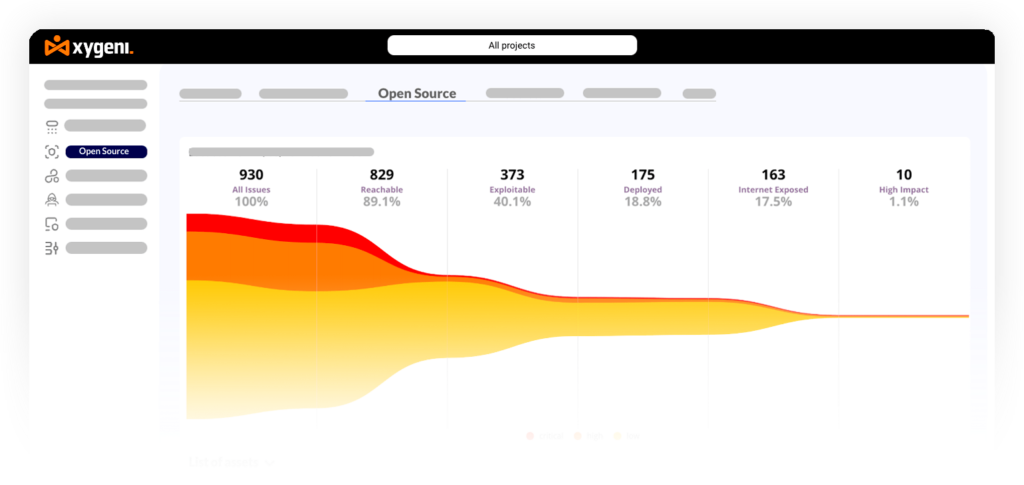The term was first used in the late 20th century, and originally described software piracy, as opposed to software vulnerabilities. It was originally used to describe newly released software that had been cracked and distributed on the same day (zero days) as its official release. Later on, it shifted towards cybersecurity (in early 2000) and it started to describe security vulnerabilities that were unknown to software vendors and had no patches available. The phrase “zero-day vulnerability” became widely recognized in cybersecurity circles. Meanwhile, threat actors started to exploit these vulnerabilities (zero-day vulnerability exploits) before vendors could respond.
Definition:
So, what is a Zero-Day Vulnerability? #
The term refers to security flaws in software or hardware. One of its significant characteristics is that the vendors or the developers are not aware it. “Zero-day” means that developers have had actually zero days to address and patch the vulnerabilities before they become a known vulnerability and then, exploited. These kind of vulnerabilities are particularly dangerous as malicious actors can exploit them before any mitigation measures can be implemented. Zero-day vulnerability exploits (the attack method) can lead to potential unauthorized access, data breaches, or system disruptions. Zero-day vulnerabilities can also be exploited to distribute unknown malware via third-party software packages, including open-source libraries and dependencies. Attackers use these unpatched flaws to embed malware that remains undetected until significant damage is done.
Zero-Day Vulnerabilities – Do you want to understand them? #
They mainly arise from coding errors, design oversights, or misconfigurations that create unintended entry points within software or hardware systems. Since developers are not aware of these flaws, they remain unpatched and can be susceptible to exploitation. Attackers and malicious actors that are able to identify such vulnerabilities can develop zero-day vulnerability exploits – specific methods or tools designed to leverage these weaknesses to infiltrate systems, exfiltrate data, or cause operational disruptions.
Usual Lifecycle #
- Discovery: An individual identifies a vulnerability. It can be a security researcher, ethical hacker, or even a malicious actor who wants to exploit it
- Exploitation: If the vulnerability is discovered by a malicious actor, they can exploit it immediately by injecting malware into widely used third-party software packages. This method enables supply chain attacks, allowing malware to spread to multiple organizations before detection occurs. Attackers may also use it to initiate unauthorized data access, system breaches, or software backdoors.
- Disclosure: Upon discovery, the individual may choose to disclose the vulnerability. If it is done by an ethical discoverer, he/she will typically report it to the vendor or through responsible disclosure programs; if, on the contrary. the discovery is made by a malicious actor – they may sell the information on the dark web or use it for personal gainings
- Patch Development: Once the vendor becomes aware of the vulnerability, they prioritize developing a patch or update to rectify the flaw. The time required for this process varies based on the complexity of the vulnerability and the system’s architecture
- Deployment: After development, the patch is released to users. Timely deployment is crucial to mitigate potential exploitation risks
Take a moment to read about Real-World Examples of Zero-Day Vulnerabilities and watch our SafeDev Talk on Scaling Application Security.
Possible Mitigation Strategies Against a Zero-Day Vulnerability Exploit #
The prevention of a zero-day vulnerability exploit is challenging (basically due to its unknown nature). For that, organizations can implement some strategies to mitigate potential risks:
- Regular System Updates: Make sure all systems and applications are updated regularly and that they incorporate the latest security patches
- Intrusion Detection Systems (IDS): Deploy IDS to monitor network traffic for unusual patterns that may indicate zero-day vulnerability exploit attempts
- Behavioral Analysis: Make sure you use security solutions that analyze application behavior to detect anomalies indicative of zero-day exploits
- Network Segmentation: Divide the network into segments to contain potential breaches and prevent lateral movement by attackers
- Automated Threat Detection in Software Dependencies: Implement security solutions that analyze third-party and open-source software packages for hidden malware and anomalies, helping detect zero-day exploits used to spread malicious code.
- User Training: Make sure you educate your employees on cybersecurity best practices, including recognizing phishing attempts and avoiding untrusted downloads
The Role of Zero-Day Vulnerabilities in Cybersecurity #
Now that have explained what a zero-day vulnerability is, you already understand that i represents a significant challenge in the cybersecurity community. Their unpredictable nature and the window of exposure between discovery and patch deployment make them valuable assets for both attackers and defenders. Understanding the mechanics of zero-day vulnerabilities and implementing proactive defense measures are essential steps for organizations aiming to protect their systems and data from these elusive threats.
For organizations seeking advanced protection against malware hidden in third-party software, Xygeni offers a real-time threat detection solution that identifies anomalous behavior and potential zero-day exploits. Our technology ensures early warning against hidden malware in open-source dependencies, reducing risks before attackers can cause harm. Get a Demo or Free Trial Today!



